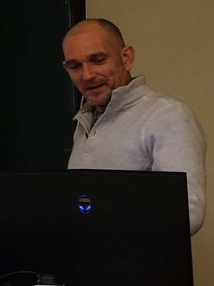BibTex format
@article{Genge:2020:10.1016/j.pss.2020.104900,
author = {Genge, MJ and Van, Ginneken M and Suttle, MD},
doi = {10.1016/j.pss.2020.104900},
journal = {Planetary and Space Science},
pages = {1--12},
title = {Micrometeorites: Insights into the flux, sources and atmospheric entry of extraterrestrial dust at Earth},
url = {http://dx.doi.org/10.1016/j.pss.2020.104900},
volume = {187},
year = {2020}
}

